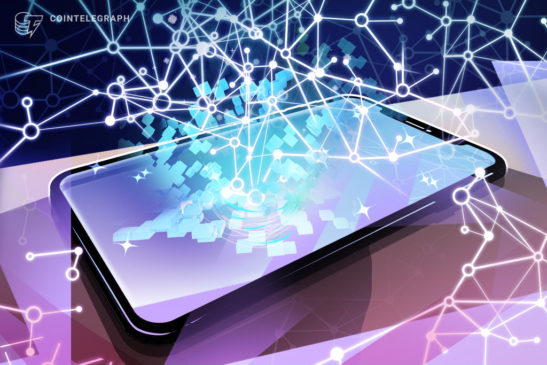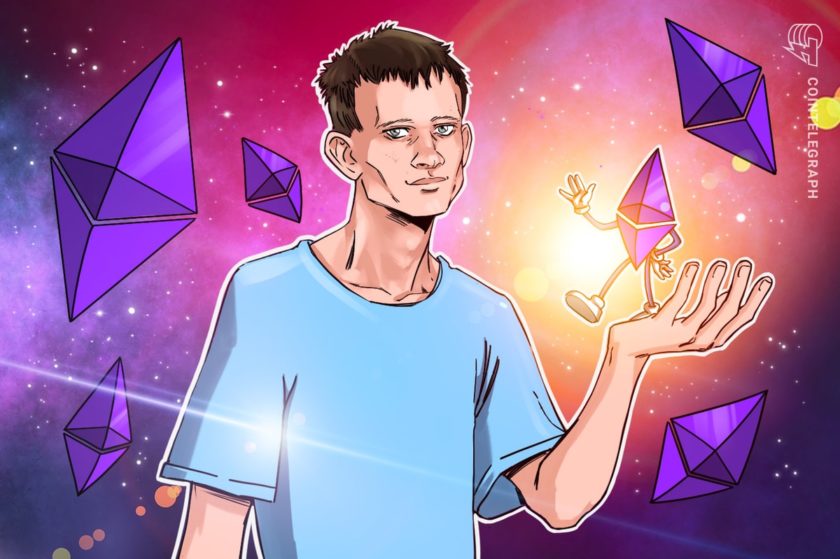Unlike Web 2.0 applications, offerings built on Web 3.0 are enabling users with true data ownership.
Web 2.0 brought about a major change to how the world views the internet, introducing online platforms like TikTok, Twitter, Meta (former Facebook) and Instagram, among others.
Although valuable in the number of opportunities made available, Web 2.0 has brought concerns about data ownership. With users spending more time online, their data, including what they like, the content they create and other details about themselves, are being shared with big tech companies, many of which have been caught in data scandals in the past and paid their way out of it.
Web 3.0 addresses these concerns by presenting a new reality for application usage. Leveraging verifiable, trustless, self-governing, permissionless, distributed and robust technology, application users can gain true ownership over their data.
Unfortunately, before this becomes a reality, developers must consider how to create apps that can be deployed to run on multiple servers as a decentralized application (DApp) while still maintaining the same user experience expected in 2022.



